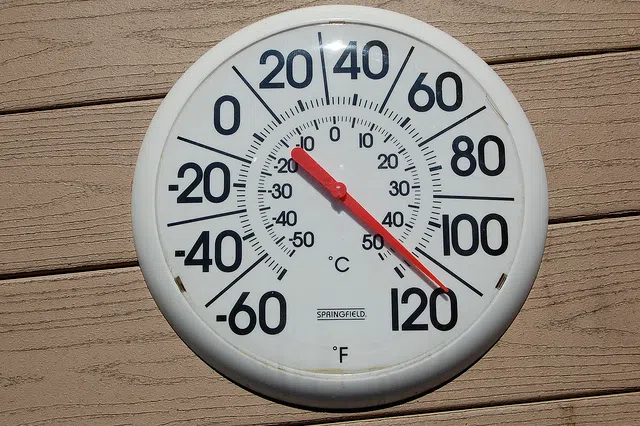(Photo By Flickr User Conservation Law Foundation)
NOAA & NASA said that 2015 was the Earth’s warmest since record-keeping began in 1880, the United States.
According to CNN & cinewsnow.com, scientists say it’s been clear for some time that 2015 would steal the distinction of the hottest year from 2014, with 10 out of the 12 months last year being the warmest respective months on record. Those records go back 136 years.
While it wasn’t necessarily a surprise that 2015 finished in first place, its margin of victory was startling; it lapped the field, with the average temperature across the entire planet 1.62˚F (0.90˚C) above the 20th century average, more than 20 percent higher than the previous highest departure from average.
This was aided by a December that looked and felt more like a Mid-March or Early April for much of the Northern Hemisphere, where traditional winter holidays had weather that was neither traditional nor winter-like.
In fact, December became the first month to ever reach 2 degrees Fahrenheit above normal for the globe. In the United States, December was both the warmest and the wettest on record; no other month has ever held both distinctions for the country.
Why was 2015 so warm? The biggest culprit was a major El Niño, which has joined 1997-1998 as the strongest El Niño ever observed. El Niños, which are characterized by significant warming over topical ocean waters in the Pacific, not only warm the ocean but also pump lots of excess heat into the atmosphere, raising global temperatures.
El Niño years tend to be warmer than non-El Niño years (neutral or La Niña years). El Niño was a major driver of the heat this year, but certainly not the only factor.
NASA Press Release said,
The change also was “largely driven by increased carbon dioxide and other human-made emissions into the atmosphere.” .
This is evident in that recent neutral or even La Niña years have been hotter than previous strong El Niños.





